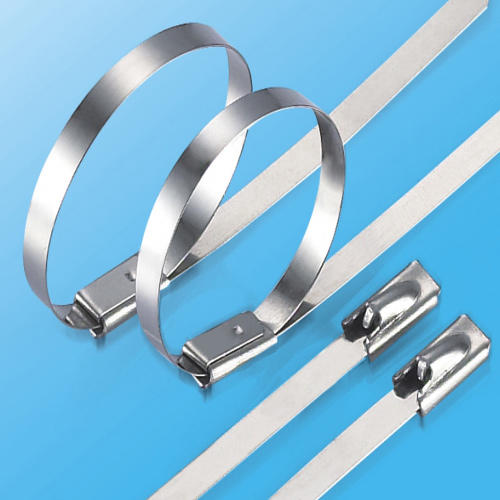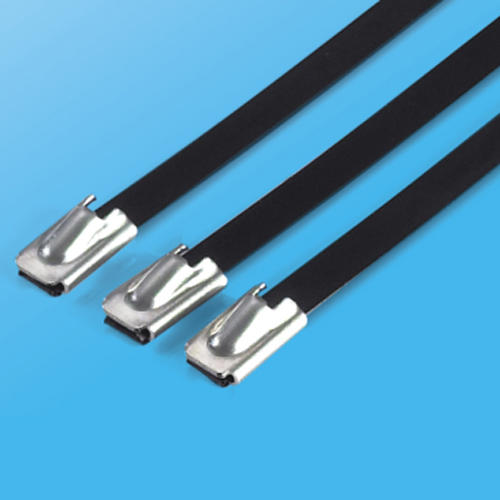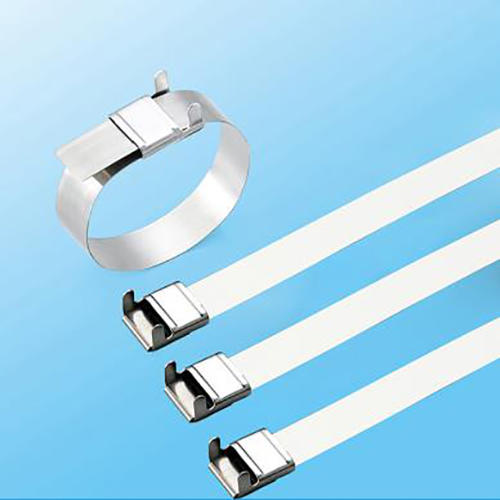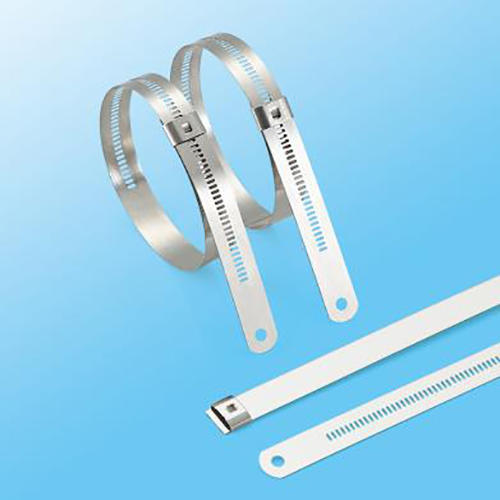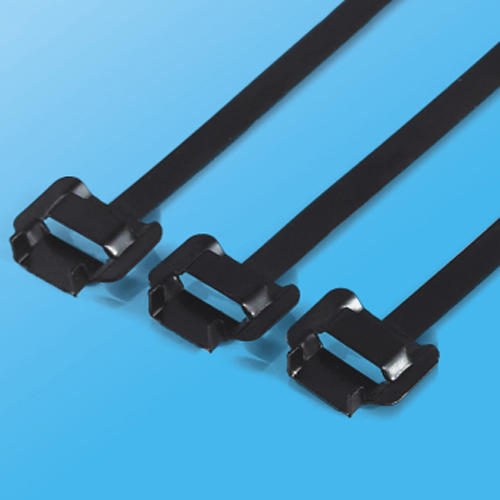The main characteristics of stainless steel
Weldability
Different product uses have different requirements for welding performance. A type of tableware generally does not require welding performance, and even includes some pot companies. However, most products require good welding performance of raw materials, such as Class II tableware, thermos cups, steel pipes, water heaters, and water dispensers.
Corrosion resistance
Most stainless steel products require good corrosion resistance, such as Class I and II tableware, kitchen utensils, water heaters, water dispensers, etc. Some foreign merchants also conduct corrosion resistance tests on the products: use NACL aqueous solution to heat it to boiling, and then pour it after a period of time. Remove the solution, wash and dry, and weigh the weight loss to determine the degree of corrosion (note: when the product is polished, the abrasive cloth or sandpaper contains Fe components, which will cause rust spots on the surface during the test)
Polishing performance
In today's society, stainless steel products generally go through the process of polishing during production, and only a few products such as water heaters and water dispenser inner tanks do not need to be polished. Therefore, this requires good polishing performance of the raw material. The main factors affecting polishing performance are as follows:
1. Surface defects of raw materials. Such as scratches, pitting, pickling, etc.
2. Material problem. If the hardness is too low, it is not easy to polish during polishing (BQ is not good), and if the hardness is too low, orange peel will easily appear on the surface during deep drawing, which will affect the BQ. BQ with high hardness is relatively good.
3. After deep-drawn products, small black spots and RIDGING will appear on the surface of the area where the amount of deformation is extremely large, which will affect the BQ performance.
Heat resistance
Heat resistance refers to the ability of stainless steel to maintain its excellent physical and mechanical properties at high temperatures.
Influence of carbon: Carbon is an element that strongly forms and stabilizes austenite and expands the austenite region in austenitic stainless steel. The ability of carbon to form austenite is about 30 times that of nickel. Carbon is an interstitial element and can significantly increase the strength of austenitic stainless steel through solid solution strengthening. Carbon can also improve the stress and corrosion resistance of austenitic stainless steel in high concentration chloride (such as 42% MgCl2 boiling solution).
However, in austenitic stainless steel, carbon is often regarded as a harmful element. This is mainly due to the fact that under certain conditions in the corrosion resistance of stainless steel (such as welding or heating at 450 ~ 850 ℃), carbon can be combined with steel. Chromium forms a high-chromium Cr23C6 type carbon compound, which leads to local chromium depletion, which reduces the corrosion resistance of steel, especially the intergranular corrosion resistance. therefore. Since the 1960s, most of the newly developed chromium-nickel austenitic stainless steels are ultra-low carbon type with a carbon content of less than 0.03% or 0.02%. It can be known that as the carbon content decreases, the intergranular corrosion sensitivity of steel decreases. When the carbon content is lower than 0.02% has the most obvious effect. Some experiments have also pointed out that carbon will increase the tendency of pitting corrosion of chromium austenitic stainless steel. Due to the harmful effects of carbon, not only should the carbon content be controlled as low as possible in the austenitic stainless steel smelting process, but also in the subsequent heating, cold working and heat treatment processes, the surface of the stainless steel is also prevented from increasing carbon, and chromium carbides should be avoided. Precipitate out.
Corrosion resistance
When the number of chromium atoms in the steel is not less than 12.5%, the electrode potential of the steel can be changed abruptly, from a negative potential to a positive electrode potential. Prevent electrochemical corrosion.

Stainless steel cable ties produced by our companyHigh tensile strength, good flame retardancy, good resistance to acetic acid, acid, sulfuric acid, and corrosion. The wing lock type has the advantages of convenient and quick operation.

